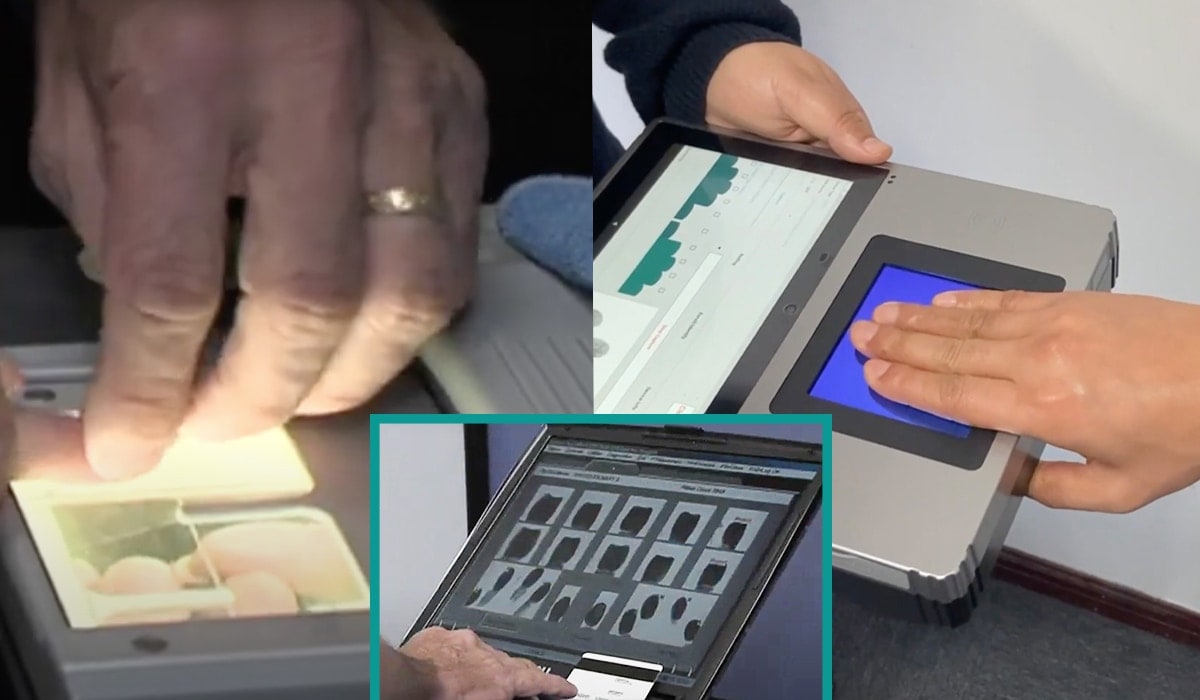Key Takeaways
· Fingerprint background checks provide a high level of accuracy and security.
· These checks help mitigate risks associated with hiring and employment.
· Fingerprinting is used across various industries for different purposes.
· Combining fingerprint checks with other screening methods improves overall safety.
Table of Contents
1. Introduction to Fingerprint Background Checks
2. The Importance of Accuracy in Background Checks
3. How Fingerprint Background Checks Work
4. Industries Benefiting from Fingerprint Checks
5. Fingerprint Background Checks vs. Traditional Methods
6. Conclusion: Ensuring Safety and Security
Introduction to Fingerprint Background Checks
Fingerprint background checks are one of the most reliable methods for verifying personal identities and backgrounds. A fingerprint background check employs sophisticated technology to ensure the safety and integrity of operations across various sectors. These checks are essential in modern security practices due to their unparalleled accuracy.
Unlike other background checks that can be manipulated or faked, fingerprinting relies on biometric data unique to each individual. This uniqueness ensures that the verification process is both accurate and dependable. By capturing and analyzing this biometric data, organizations can significantly reduce the risk of identity-related fraud and make more informed hiring decisions, ultimately contributing to a safer and more secure environment for all involved.
The Importance of Accuracy in Background Checks
Accuracy is paramount in background checks. Relying on precise data can prevent costly mistakes and protect organizations from potential liabilities. Fingerprinting offers a higher level of certainty compared to other methods. The Bureau of Justice Statistics notes that proper background checks can significantly reduce the risk of hiring individuals with a criminal history. This accuracy helps maintain corporate integrity and ensures a safe environment for employees and clients.
Moreover, accurate background checks help maintain the organization’s reputation, ensure compliance with regulations, and foster a safe workplace environment. Employers gain better insights into the histories of their prospective and current employees, which aids in making informed hiring decisions and safeguarding company assets. In highly regulated industries, such as finance and healthcare, accurate background checks cannot be overstated, as they help prevent legal issues and potential scandals that could arise from hiring individuals with undisclosed criminal backgrounds.
How Fingerprint Background Checks Work
Capture and Analysis
The process begins with capturing an individual’s fingerprint using specialized equipment. This captured data is then converted into a digital format and analyzed against a database of known fingerprints. This step leverages advanced biometric technology that ensures the captured fingerprint is processed quickly and accurately. The precision of this technology not only accelerates the verification process but improves the likelihood of identifying the correct individual, thereby minimizing the possibility of errors that could occur with other forms of verification.
Database Cross-Referencing
Once the fingerprint is captured, it’s cross-referenced with national and international databases to verify the individual’s identity and check for any criminal history. This step ensures that the verification is comprehensive and accurate. Utilizing large and continually updated databases enhances the reliability of the fingerprinting process, allowing organizations to access the most current and relevant information. This thorough cross-referencing is essential in detecting discrepancies and ensuring the verified identity is genuine and free from manipulations. The extensive nature of these databases also allows for a wider range of checks, making the fingerprinting process a robust method for background verification.
Industries Benefiting from Fingerprint Checks
· Healthcare: Ensuring that medical professionals have clean records. Hospitals and clinics use fingerprint background checks to screen applicants, ensuring they hire trustworthy and competent medical staff. This measure minimizes the risk of malpractice and reinforces patient trust. By ensuring that healthcare providers have a clear background, institutions can maintain a high standard of care, protect patients, and uphold the organization’s reputation.
· Education: Verifying the past of teachers and staff in schools. Schools and educational institutions require fingerprint checks to create a safe learning environment for students. This process helps identify individuals with histories that could pose potential student risks. By implementing rigorous background checks, schools can ensure that their educators and support staff are qualified and trustworthy, contributing to a secure and nurturing educational environment.
· Finance: Mitigating risks by vetting employees in sensitive positions. Banks and financial institutions prioritize security, making fingerprint background checks essential for roles handling sensitive information and financial transactions. It ensures the integrity and reliability of employees. In an industry where trust and security are paramount, thorough background checks help prevent fraudulent activities and protect the financial institution and its clients from potential harm.
· Law Enforcement: Ensuring the credibility and integrity of personnel. In law enforcement, where trust and reliability are paramount, fingerprint checks are crucial for vetting officers and other personnel. This helps maintain public trust and uphold the law effectively. By ensuring that law enforcement officers have clean and clear backgrounds, agencies can better serve their communities and maintain the trust essential for effective policing.
Fingerprint Background Checks vs. Traditional Methods
Unlike traditional background checks that rely on name and identification number, fingerprinting offers an additional layer of security. It leverages biometric data that is inherently unique to each individual, making it a foolproof method compared to traditional ones. Fingerprint background checks eliminate the risk of inaccurate results caused by name similarities or forged documents. This additional layer of verification makes it much more difficult for individuals to manipulate the system, ensuring that the background check results are as accurate and reliable as possible.
According to a National Institute of Justice report, fingerprinting is more reliable and less susceptible to errors or fraud. This makes it a preferred choice for comprehensive background screening across various sectors. Fingerprinting can streamline the hiring process, reduce risks, and ensure higher levels of compliance and security. The biometric nature of fingerprint data adds a robust, nearly tamper-proof element to the verification process, offering enhanced peace of mind to employers and regulatory bodies alike.
Conclusion: Ensuring Safety and Security
Fingerprint background checks are invaluable tools in today’s security landscape. Organizations can safeguard operations and ensure higher trust and verification by implementing these methods. Integrating fingerprint checks into standard background screening processes offers an enhanced level of accuracy, making it an essential practice for maintaining safety and security. Adopting fingerprint background checks is crucial for organizations seeking to mitigate risks and protect their reputation.
As technology advances, the application and effectiveness of fingerprint background checks are likely to expand, providing even more robust avenues for ensuring security and verifying identities. Companies and institutions looking to enhance their security protocols should integrate fingerprint background checks into their standard practices. This proactive approach protects the organization and contributes to a safer and more secure community overall.
Read More On: TechNewzArt

